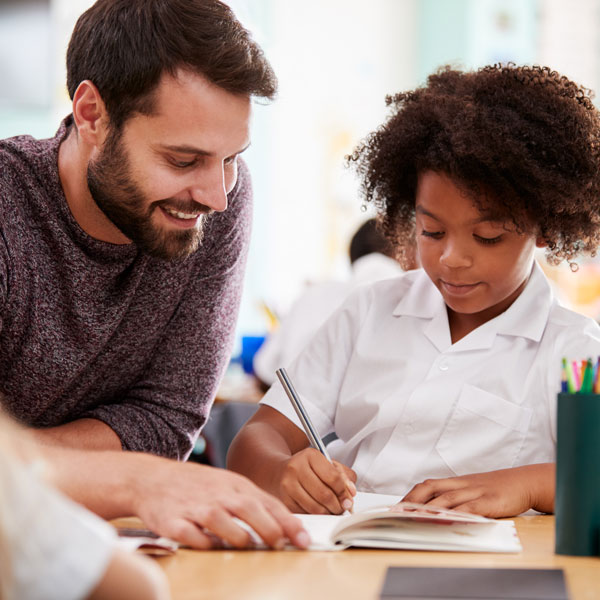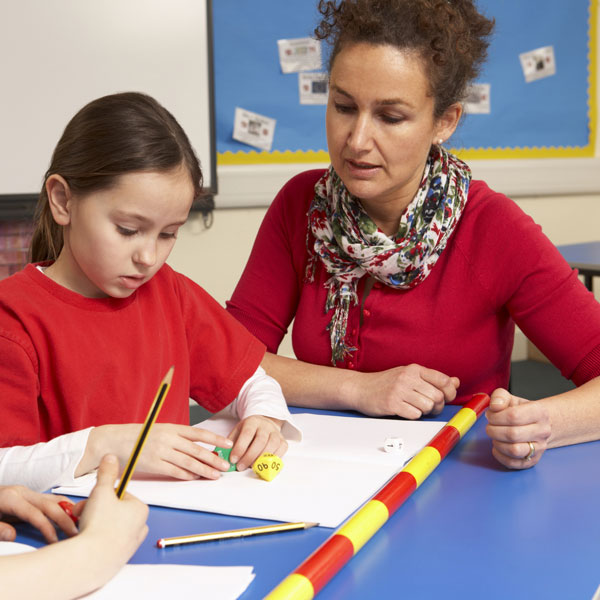Reality: Once established, play-based learning doesn’t require more prep time than traditional approaches—and often brings more satisfaction and professional fulfillment.
Initial Investment: Like any pedagogical shift, play-based learning requires upfront professional development.
Long-term Efficiency: Once established, preparing for and assessing children learning through a play-based approach doesn’t take more time out of your day, and teachers often find that they can end each day with a better idea of student understanding and instructional needs because learning is student-driven and more interactive.
Sustainable Practice: Our brains are wired to learn through play and teaching in a manner that goes with children’s natural learning tendencies, is ultimately more beneficial and effective than asking students to learn in ways that are not developmentally appropriate.

